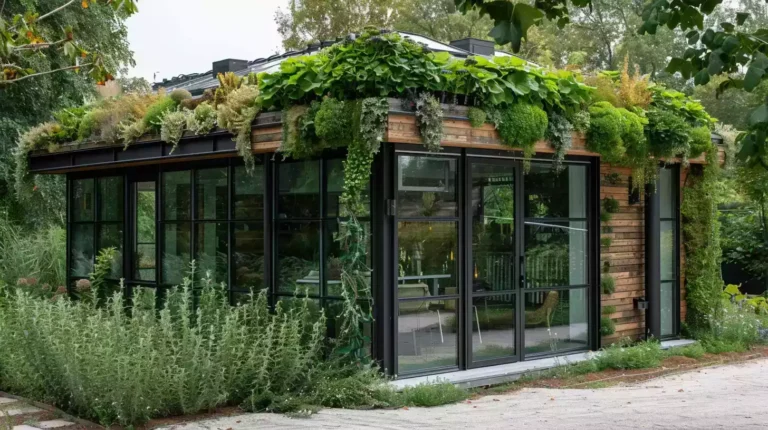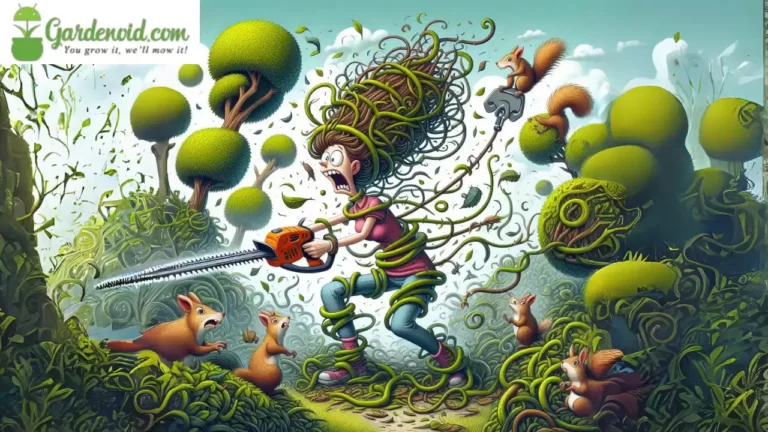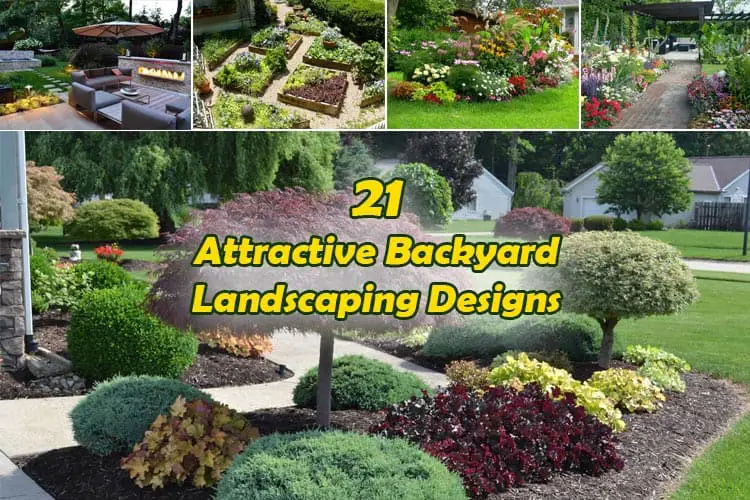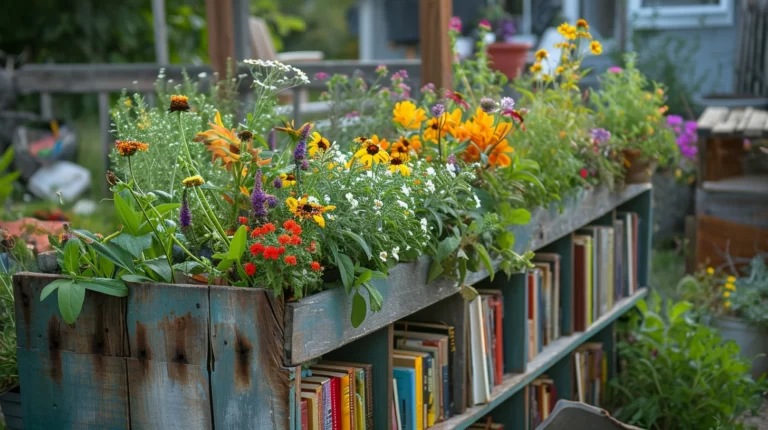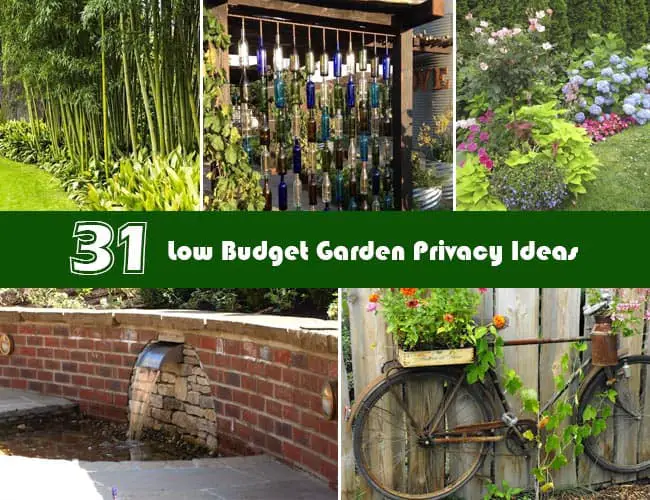DIY Project: Why Start a Post Apocalyptic Survival Garden
Navigating the uncertain waters of our future, I’ve anchored my peace of mind in starting a post-apocalyptic survival garden. It’s not just about preparing for doomsday scenarios; it’s a practical step toward food security.
By cultivating my own produce, I’m reducing dependency on supply chains that might falter in crisis times.
I’ve learned that selecting crops isn’t just about what I’d like to eat; it involves understanding which plants are resilient, yield high calories, and require minimal resources. Every seed I plant is a testament to self-reliance.
I’ll guide you through the technicalities to start a post apocalyptic survival garden, ensuring it’s not only sustainable but also a source of nutrition and solace, should the need arise. Let’s dig into the essentials of fostering a personal food haven.
Continue Reading to Understand These Key Points:
- Food security is essential in post-apocalyptic scenarios and survival gardens provide a continuous supply of nutritionally adequate food.
- Selecting high-yield crops like potatoes and beans, as well as incorporating leafy greens, ensures a balanced diet with essential carbohydrates, proteins, vitamins, and minerals.
- Self-sufficiency in food production provides security and resilience, insulating from the vulnerabilities of a collapsed society.
- Maintaining a survival garden requires consistent weed management, soil health maintenance through composting and crop rotation, and vigilance in natural pest control and disease prevention measures.
Understanding Food Security
Food security becomes my top priority when envisioning a self-sustaining life after a global catastrophe. It’s crucial to understand that food security encompasses both the availability and accessibility of food that meets my nutritional needs.
I must ensure a continuous supply of food, despite the challenges a post-apocalyptic scenario presents.
To achieve this, I focus on establishing a survival garden. It’s not just about planting seeds; it’s about selecting the right crops for calorie density and nutritional diversity. I opt for high-yield crops like potatoes and beans that offer carbohydrates and proteins, while also incorporating leafy greens for essential vitamins and minerals.
I adopt a polyculture approach, mimicking natural ecosystems to enhance soil fertility and pest resistance. This strategy decreases the need for synthetic inputs, which are likely scarce in a post-catastrophe world.
My garden design includes companion planting, which leverages the symbiotic relationships between different plants to optimize space and resources.
Water management is another critical aspect. I implement rainwater harvesting and drip irrigation to ensure efficient water use. By understanding these technicalities and planning meticulously, I set the foundation for a robust food security system that can withstand the uncertainties of a post-apocalyptic future.
Benefits of Self-Sufficiency
Autonomy in food production affords me a vital sense of security in a post-apocalyptic world, where reliance on external resources isn’t just impractical but potentially dangerous.
Cultivating a survival garden enables me to manage my food supply, ensuring I’m not dependent on a fractured supply chain or dwindling external provisions. Self-sufficiency through agriculture not only insulates me from the vulnerabilities of a collapsed society but also provides a buffer against the fluctuations and scarcities that are likely to occur in such a tumultuous environment.
The technical benefits of self-sufficiency in a survival situation include:
- Resource Management: I can allocate water, seeds, and fertilizers based on the specific needs and cycles of my crops, optimizing the use of scarce resources.
- Nutritional Autonomy: By selecting a diverse array of plant species, I ensure a balanced diet rich in essential vitamins and minerals, which is crucial for maintaining health.
- Genetic Preservation: I can save seeds from the most resilient plants, thus contributing to the genetic diversity and adaptability of my crops over time.
This self-reliant approach isn’t just sensible; it’s a strategic necessity. As I refine my garden, the next critical step is choosing the right crops that will thrive in this new reality.
Choosing the Right Crops
Selecting crops for my survival garden requires careful consideration of their nutritional value, growth requirements, and resilience to harsh conditions. I must prioritize species that yield a balanced diet, providing essential vitamins, carbohydrates, proteins, and fats.
I’m looking for plants that have a proven track record of thriving in diverse climates and soil types—diversity is key to a resilient garden.
I focus on crops with shorter growing cycles to ensure a quicker harvest, which is crucial in a post-apocalyptic scenario where time and resources are limited. I’m also selecting varieties known for their pest and disease resistance, which will minimize the need for chemical interventions that mightn’t be available or sustainable in the long term.
Root vegetables like potatoes and carrots are on my list due to their underground growth, which offers natural protection from the elements.
Legumes such as beans and peas are essential for their nitrogen-fixing ability, which will help maintain soil fertility. Heirloom seeds are my preference; their non-GMO status and ability to produce viable seeds for future planting seasons make them indispensable.
Every plant I choose must serve multiple purposes, whether it’s for food, medicine, or improving soil health. This technical approach ensures the maximum yield and sustainability of my survival garden.
Maintaining Your Garden Sanctuary
Once I’ve established my survival garden, consistent maintenance is crucial to protect and enhance its productivity.
I’ve learned that a successful garden doesn’t just happen; it requires a vigilant and informed approach to keep it thriving, especially in a post-apocalyptic scenario where resources are scarce and the stakes are high.
To maintain my garden sanctuary, I focus on:
- Weed Management: Weeds compete with my crops for nutrients, water, and light. I meticulously remove them by hand or with tools, taking care not to disturb the roots of my plants. This is where understanding the difference between beneficial and harmful weeds becomes imperative.
- Soil Health: The vitality of my garden is directly linked to soil quality. I regularly add compost to enrich the soil, maintain pH balance, and support robust plant growth. Additionally, I implement crop rotation to prevent soil depletion and disrupt pest and disease cycles.
- Pest Control: Vigilance is key. I inspect my plants for signs of infestation and diseases. Natural predators or organic pesticides are my go-to solutions, as they minimize ecological impact while safeguarding my crops.
Each of these tasks isn’t just a chore; it’s a step towards sustainability and self-sufficiency in an uncertain world. My garden isn’t just a source of food; it’s a lifeline.
Final Thoughts
In the end, cultivating a post-apocalyptic survival garden is about more than just food; it’s a testament to resilience.
The fruits of our labor aren’t merely crops, but symbols of hope and autonomy.
By nurturing life amid desolation, we assert not just our survival, but our defiance against oblivion.
So let’s dig deep, both in soil and spirit, for our gardens are the bedrock of a future we’re determined to harvest.

